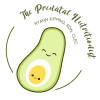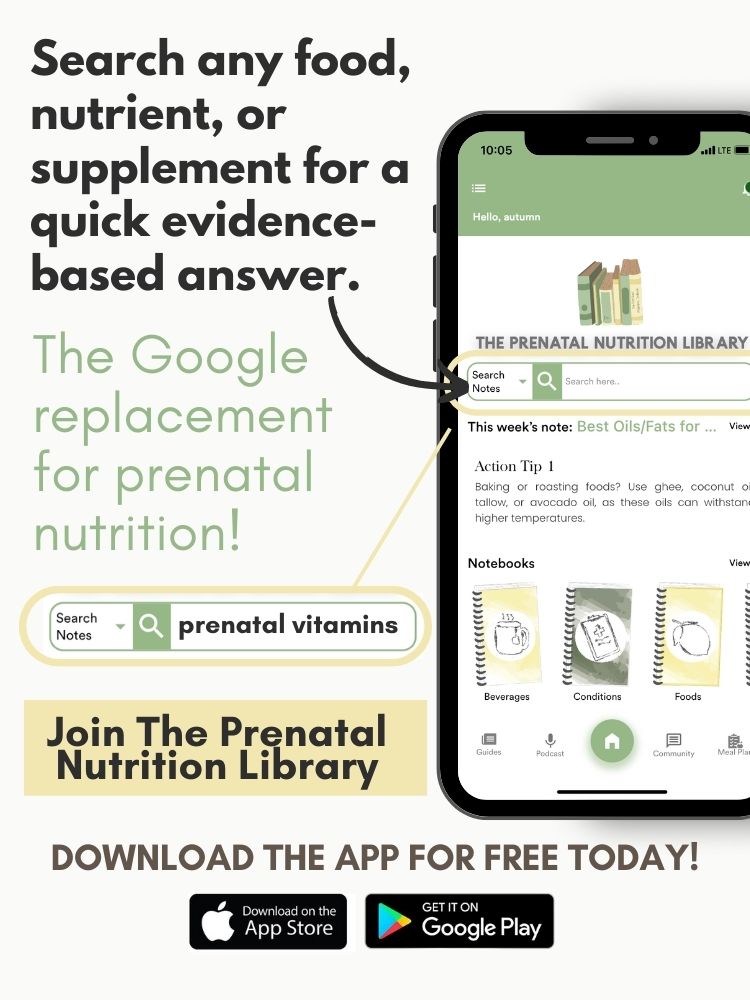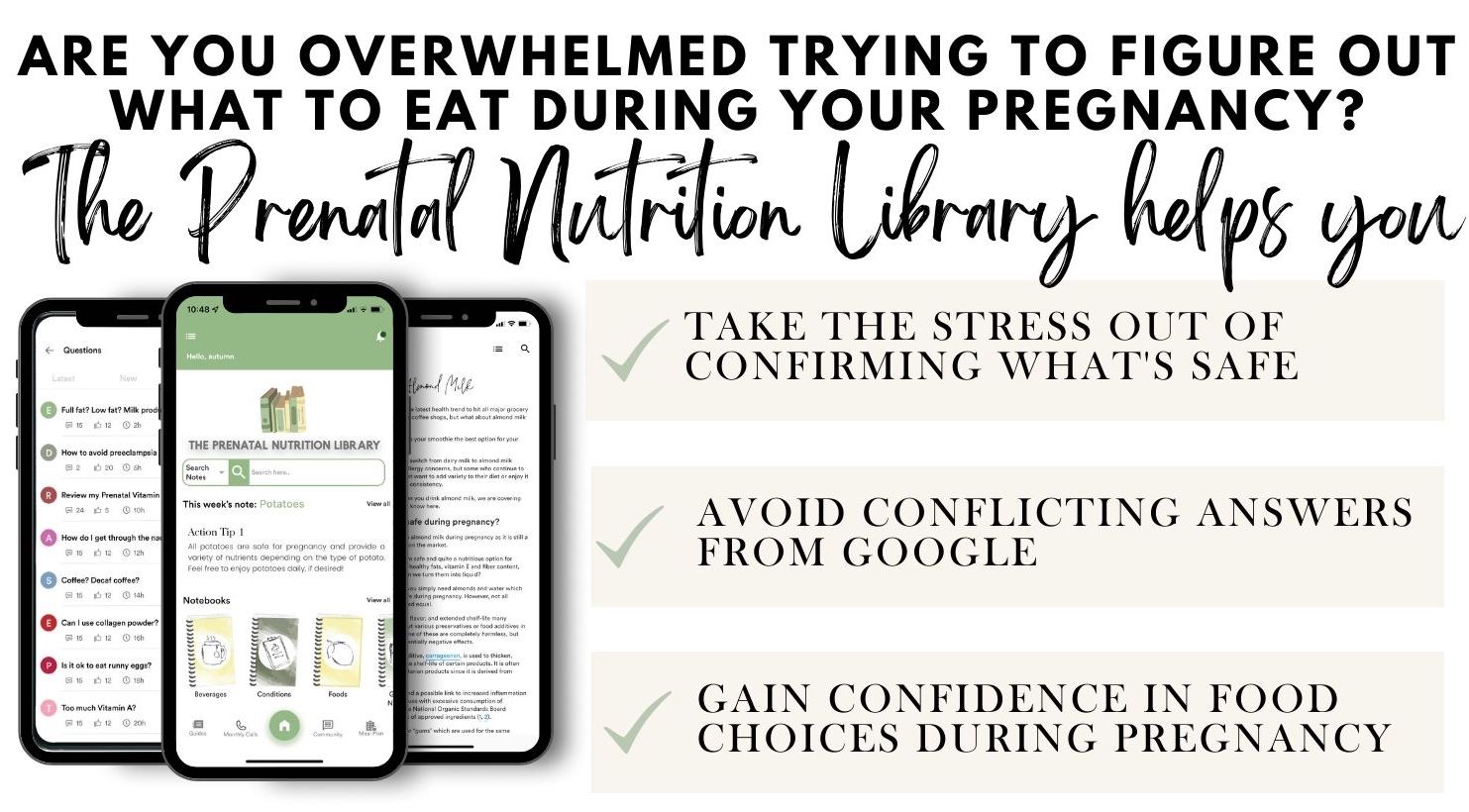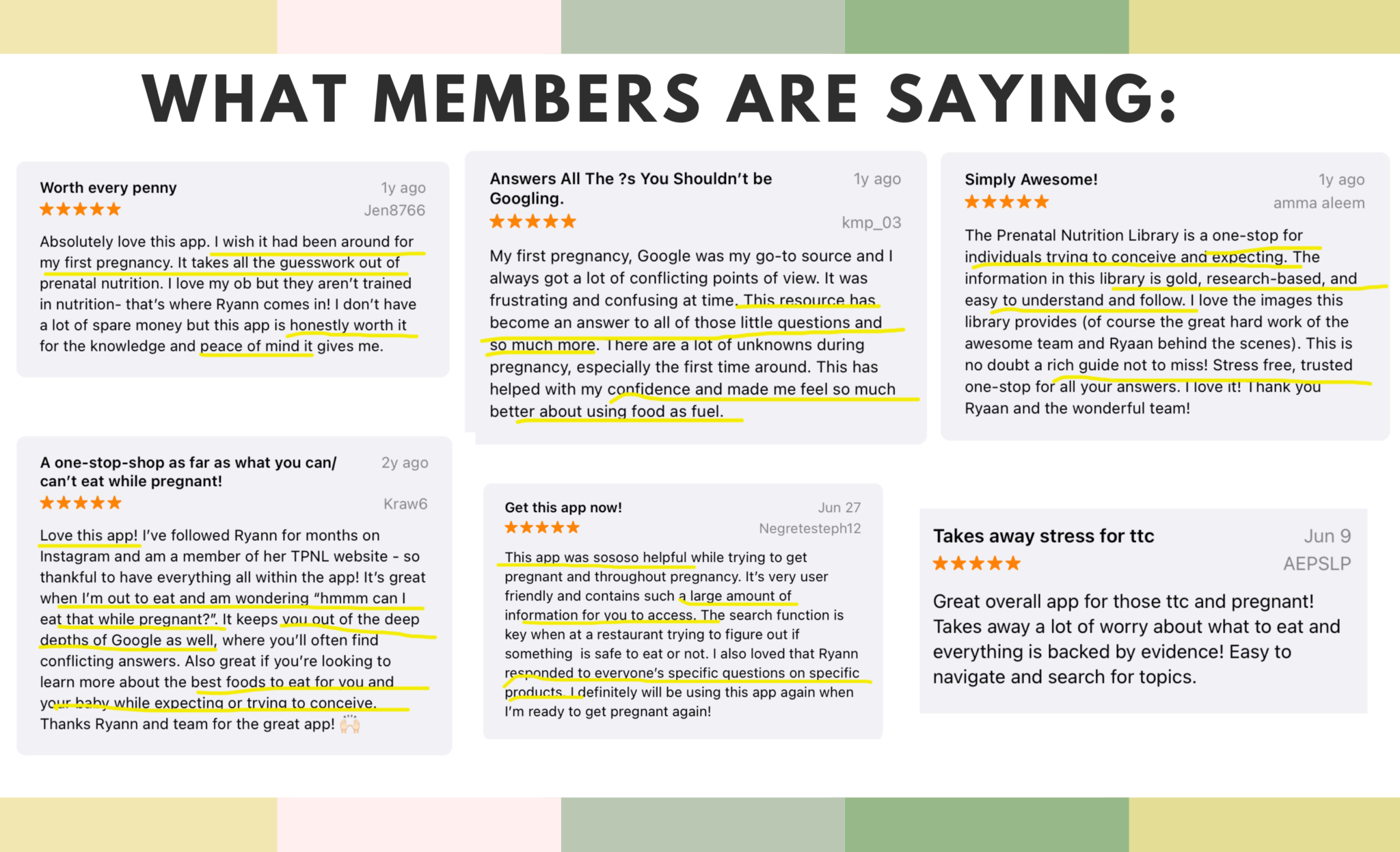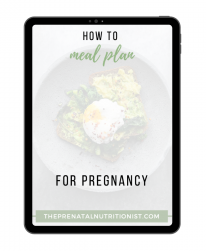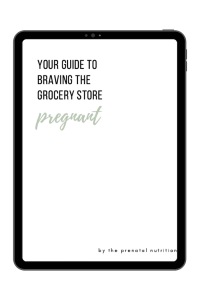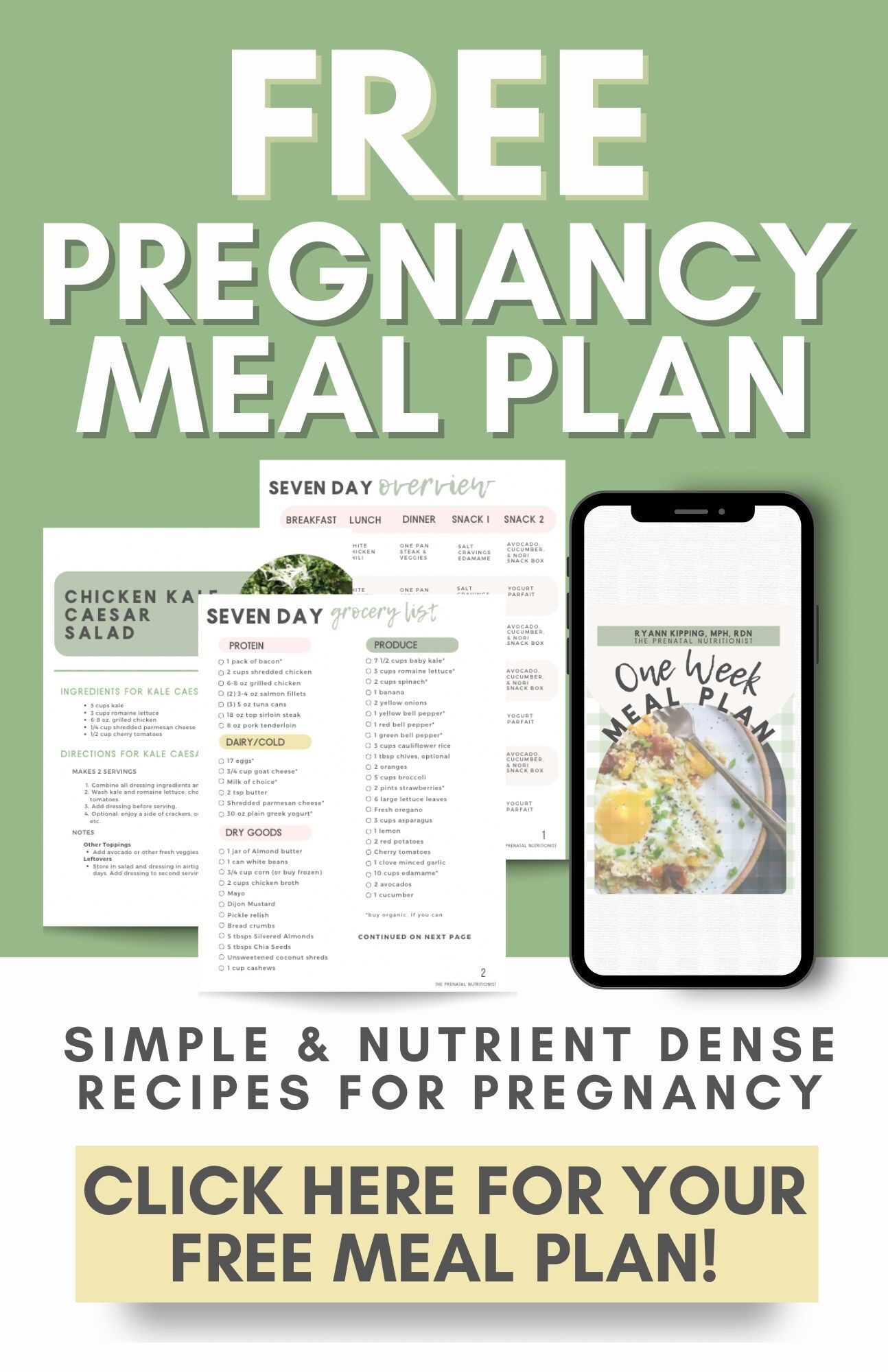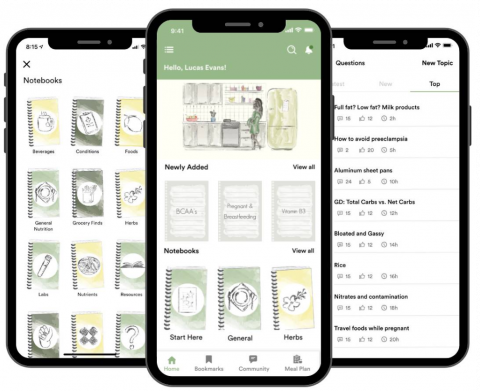
Pregnancy is a period when many people give their diet a closer look. There are often concerns that not every craving or delicious dish is fair game for expectant mamas. Your body may scream, “GIVE ME ALL THE SEAFOOD AND SUSHI!” — Does that mean it’s safe to indulge? The good news is that the “avoid list” is much shorter than most are led to believe, and there are tons of foods (and seafood options!) that can safely be included in a balanced diet to support a healthy pregnancy!
Many pregnant women start to question safety when seafood is on the menu. Fish and shellfish can be amazing protein sources and are high in micronutrients like iron, vitamin B12, and zinc. With a few precautions, you’ll find the list of safe seafood for pregnancy is long. We want to consider mercury levels, food safety, and cooking methods to make seafood a delicious and safe option for pregnancy.
Speaking of seafood conundrums, one dish that often sparks heated debates in the pregnancy forums is clam chowder. This thick, creamy, ocean-fresh stew seems equally delightful and concerning for moms-to-be.
Clams are low in mercury and high in nutrients like vitamin B12, iron, and selenium, which checks off some key pregnancy boxes. Of course, we want to consider other ingredients and potential food safety issues around raw seafood.
So today, I’m dedicating this post to discussing whether pregnant women can safely eat clam chowder. Let’s go!
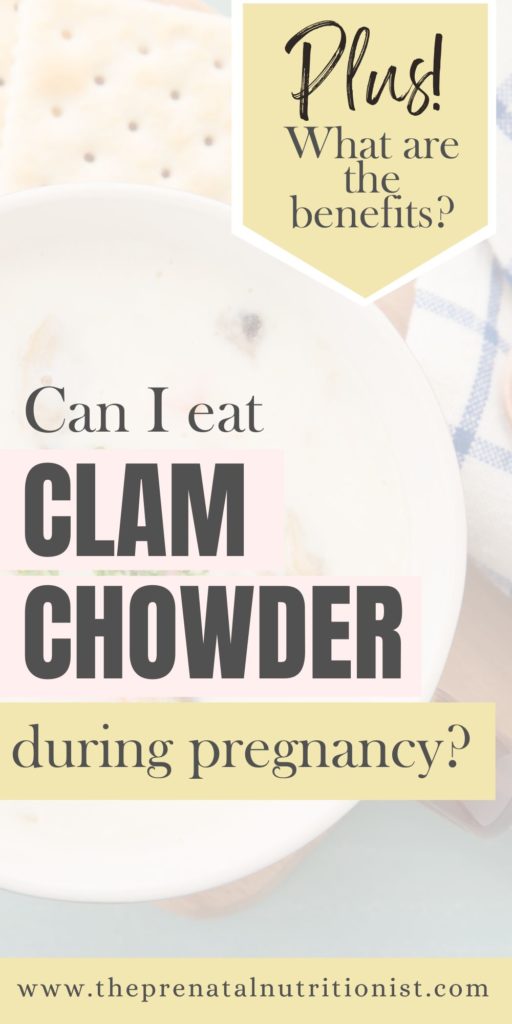
Can You Eat Clam Chowder While Pregnant?
The wonderful news is that pregnant women can absolutely enjoy a warm, comforting bowl of clam chowder to satisfy those chilly pregnancy cravings. But that’s not all. Clams are low in mercury and a nutrient-dense seafood option for expectant mothers!
Let’s start with the stars of the show: the clams themselves. Not only do they get a major thumbs up for being low in mercury, but as mentioned above, they’re nutrient-rich. This makes clams an excellent alternative to high-mercury fish like ahi tuna or swordfish, which are best avoided during pregnancy.
But it’s not just about clams alone. The hot bowl of chowder has other benefits to offer, too. The dairy from a creamy milk or cream base boosts calcium and protein. These two nutrients are important for strong bones and teeth for your baby! Then you’ve got vegetables like carrots, onions, and celery, bringing fiber, vitamins, and antioxidants to the party. Even potatoes offer vitamin C, potassium, and vitamin B6!
Of course, some basic food safety standards remain to keep in mind: stick to pasteurized dairy, use fresh clams, and ensure calms are fully cooked before eating. Ensuring seafood is fully cooked before eating also applies to similar inquiries like “Can you eat crawfish while pregnant?”
If you’ve been questioning which seafood options are safe for pregnancy, you’re not alone! That’s why we provide evidence-based guidance on topics like mercury and pregnancy-safe seafood in-depth inside The Prenatal Nutrition Library app! See you there!
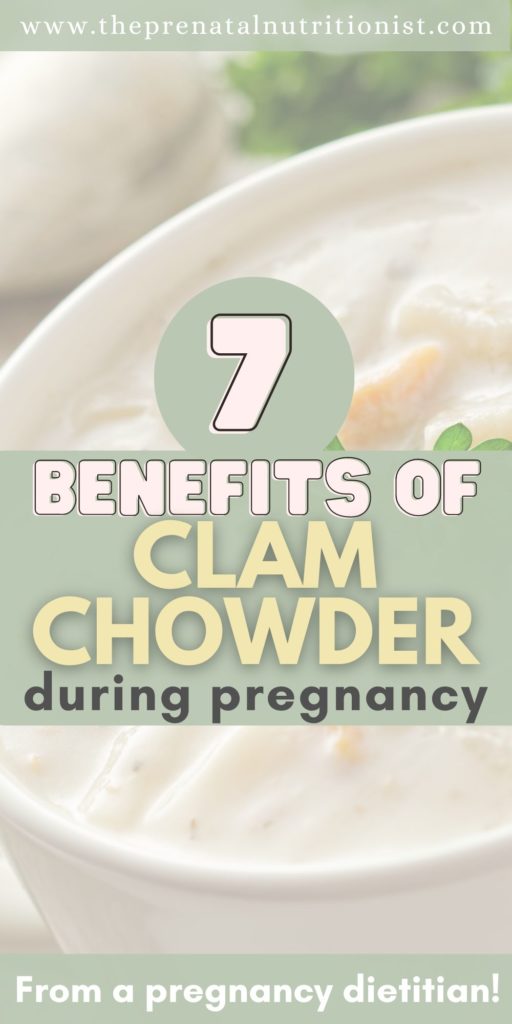
Benefits of Eating Clams During Pregnancy
While clam chowder is a wholesome, nutrient-packed meal for expecting moms, the clams deserve a lot of praise. This yummy dish is a nutritional powerhouse that provides amazing benefits when pregnant women need them most.
Here are some key ways eating clams can significantly support you and your developing baby:
Rich in Iron
Clams are an excellent source of heme iron, the type found in animal proteins. Just 3 ounces is just shy of meeting your total recommended daily iron intake for the day! This essential mineral helps prevent anemia, a condition expectant mothers are at higher risk for. Iron allows for the increased blood production necessary to supply oxygen to you and your baby.
Packed with Vitamin B12
A 3-ounce serving of clams delivers about 84 mcg of vitamin B12! This vital nutrient is critical for your baby’s brain development and the formation of red blood cells. It also plays a role in supporting energy levels and combating fatigue. Clams are a good source of vitamin B12 for pescatarians, too.
High in Protein
With around 22 grams of protein per 3-ounce serving, clams can definitely help you meet your increased protein needs during pregnancy! This macronutrient provides the amino acids used to grow new cells and build muscle, organ, and brain tissues for your little one. The protein also supports satiety and blood sugar balance for mom.
A Good Source of Zinc
Clams contain a solid 5 mg of zinc per 3-ounce serving. Zinc plays a major role in cell growth, immune function, and protein synthesis all critical factors for a healthy pregnancy. It’s also important for both partners when trying to conceive, and when consumed in sufficient amounts, it can increase the chances of conception.
Low in Mercury
Clams are considered a low-mercury seafood choice. Mercury is one of the top 10 toxins of public health concern and does cross the placenta to enter the fetus’s system during pregnancy. High-mercury seafood is something we want to avoid during pregnancy.
Supports the Immune System
Clams may also provide immunity-support benefits thanks to a small amount of vitamin C, omega-3s, protein, and zinc! These nutrients all play important roles in the health and functioning of our immune system. For example, protein provides building blocks for antibodies and immune cells.
Provides Omega-3
Clams are also a great source of the omega-3 fatty acids eicosapentaenoic acid (EPA) and docosahexaenoic acid (DHA). These fats can support a baby’s visual development and may play a role in lowering the risk of preeclampsia and preterm labor. Additionally, these important fats may even reduce the risk of postpartum depression.
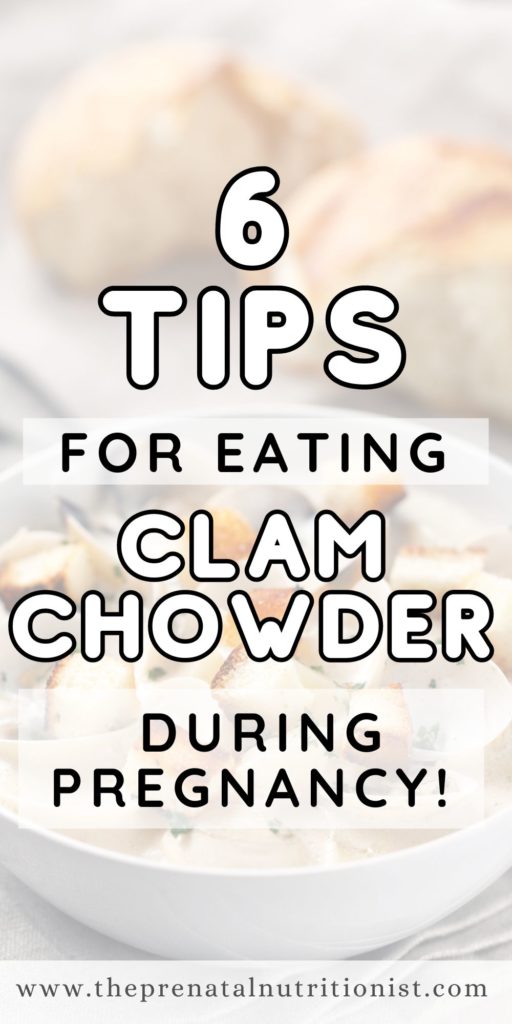
How to Eat Clam Chowder During Pregnancy
Now that we’ve established clam chowder can absolutely be a nourishing, safe-to-eat option for expectant moms, let’s discuss some top tips for ensuring you enjoy this comforting dish without any worries:
Always Order/Cook Fully Cooked Clams
The biggest food safety hazard with clams is the risk of consuming undercooked seafood, which could contain harmful bacteria or pathogens and cause foodborne illness. Always make sure any clam chowder you eat contains clams that have been thoroughly cooked until the shells open up completely.
If cooking yourself, toss any clams that don’t open after cooking.
Opt for Full-Fat Dairy
Many traditional clam chowder recipes call for heavy cream or whole milk. Full-fat dairy gives the dish a rich, velvety texture. When available, I also recommend full-fat dairy during pregnancy because it has proven benefits for fertility; fat is needed to absorb fat-soluble vitamins, and fat helps promote satiety.
Boost of Veggies
Most chowder recipes incorporate at least some carrots, onion, and celery for a veggie boost. You could also take this opportunity to sneak in even more nutrient-dense veggies like kale, spinach, or bell peppers. The more color and variety, the more vitamin and mineral benefits for you and your baby.
Source of Electrolytes
Many clam chowder recipes contain sodium, potassium, and calcium due to the clams, clam juice, broth, and sometimes even bacon. Interestingly, while a small subset of the population is salt-sensitive, and sodium may impact blood pressure levels, many people (maybe over 75%) are not. We actually need more sodium during pregnancy.
Source High-Quality, Fresh Ingredients
Like any seafood dish, quality and freshness are key to clam chowder. Choose fresh, high-quality clams from reputable suppliers and consume them within one to two days. If you include bacon in your dish, you may also want to opt for an organic option!
Safely Store Leftover Clam Chowder
To safely store leftover clam chowder, transfer it to an airtight container and refrigerate it within two hours of cooking. Ensure the chowder is cooled to room temperature before refrigerating and consume it within 3-4 days. You can freeze the chowder for up to 3 months for longer storage.
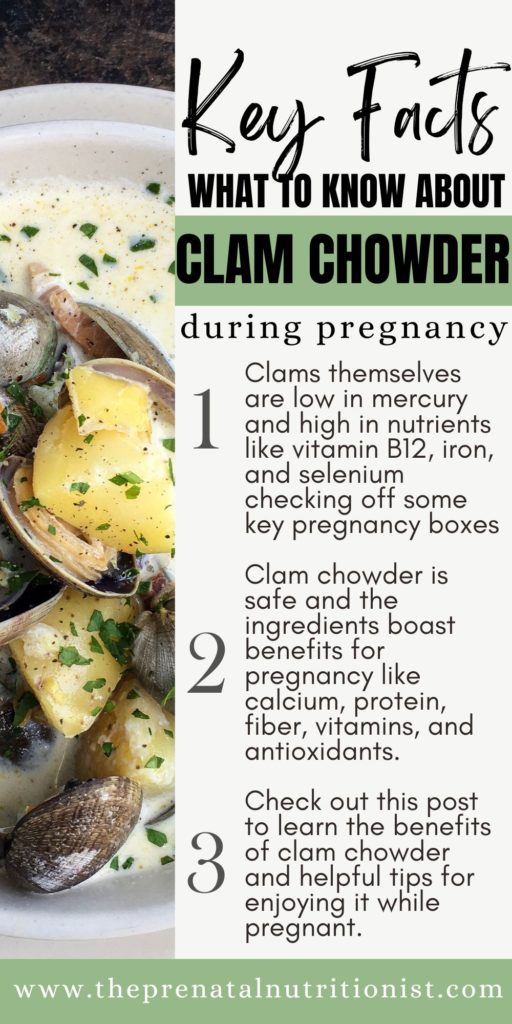
You deserve to feel empowered and confident about your nutrition choices at every step of the preconception and pregnancy journey!
From those first tiny butterfly kicks to sudden cravings for foods you haven’t thought about in years, the whole pregnancy journey can be one wild ride. And figuring out what to fuel your body with? That’s definitely part of the whole adventure, too!
Of course, navigating the “dos and don’ts” of eating for two can often feel overwhelming. With so much information (and misinformation!) out there, it’s tough to know what’s fact vs. fiction when it comes to optimizing your diet.
That’s why I created The Prenatal Nutrition Library (TPNL). This resource is your one-stop shop, where our team of registered dietitian nutritionists has carefully compiled all the science-backed recommendations, meal plans, and supporting resources you need to keep both you and your baby thriving throughout pregnancy.
Grab our Free 1-Week Sample Meal Plan while you’re here! This done-for-you meal plan is packed with simple yet deliciously nourishing recipes and snack ideas, all crafted by a pregnancy-registered dietitian. Grab your sneak peek today!
